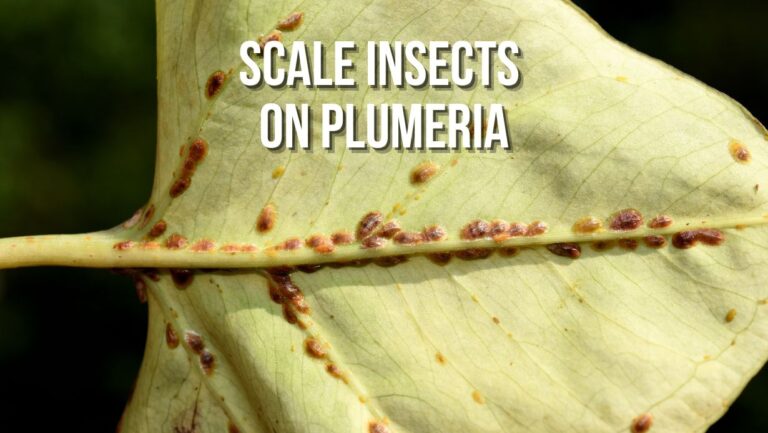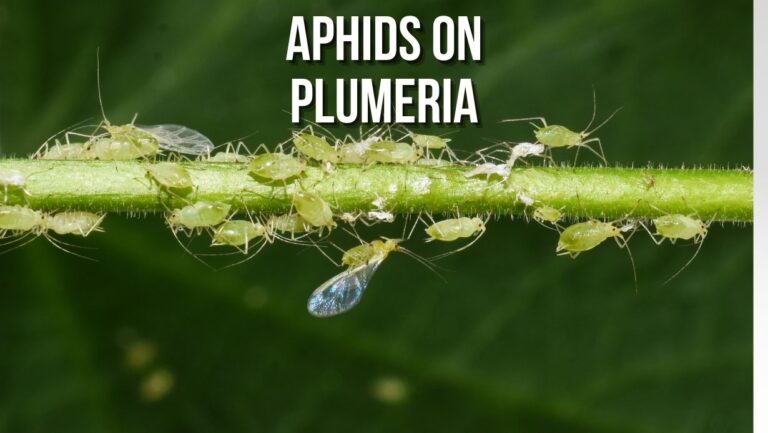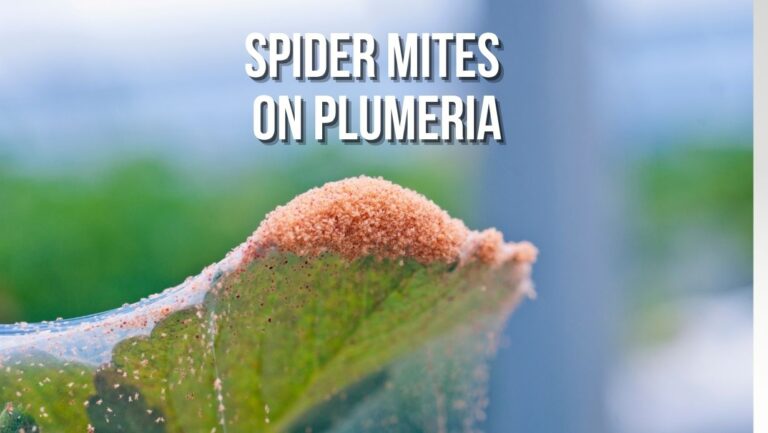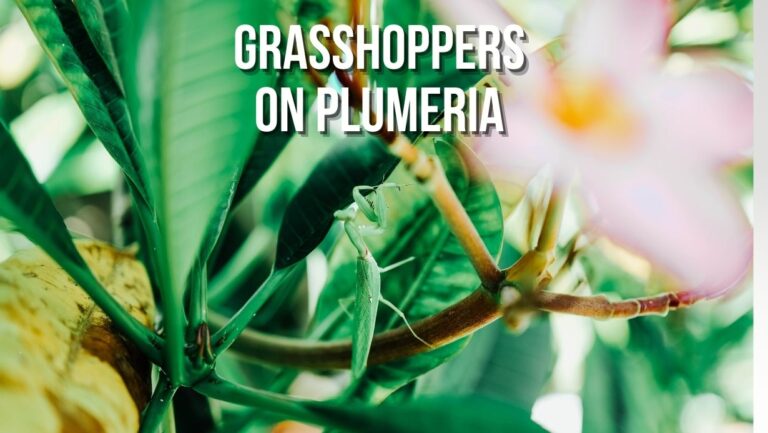
Black tip is a common problem that plagues plumeria plants, causing the tips of the leaves to turn black or dark brown. This condition, also known as plumeria leaf spot, can be caused by various factors, including environmental conditions, fungal infections, or cultural practices. Understanding the causes, implementing proper treatment methods, and adopting preventive measures are essential for managing and preventing black tip on plumeria.
Understanding Black Tip on Plumeria
Black tip on plumeria refers to the discoloration and browning of the tips of the leaves. It can affect both newly emerged leaves and mature foliage. The black or dark brown discoloration is often accompanied by a distinct line or margin between the healthy green tissue and the affected area. Black tip is primarily an aesthetic issue and does not typically pose a significant threat to the overall health of the plant.
Causes of Black Tip on Plumeria
Several factors can contribute to the development of black tip on plumeria:
- Fungal Infections: Fungal pathogens, such as Colletotrichum gloeosporioides and Alternaria spp., can cause black tip on plumeria leaves. These fungi thrive in warm and humid conditions and can infect the leaves through wounds or natural openings.
- Environmental Conditions: High humidity levels, excessive rainfall, and prolonged leaf wetness create favorable conditions for fungal growth and increase the likelihood of black tip development. Improper air circulation can exacerbate the problem.
- Watering Practices: Overhead watering or excessive moisture on the leaves can promote fungal growth and increase the susceptibility of plumeria to black tip. Watering late in the day, which allows the leaves to remain wet overnight, can also contribute to the problem.
- Nutrient Deficiencies: Certain nutrient deficiencies, such as potassium and magnesium, can make plumeria more susceptible to black tip. Imbalances in nutrient levels can weaken the plant’s defenses and increase its vulnerability to fungal infections.
- Cultural Practices: Improper pruning techniques, such as leaving stubs or creating open wounds, can provide entry points for fungal pathogens. Additionally, using unsterilized pruning tools can contribute to the spread of fungal infections.
Treatment and Management of Black Tip on Plumeria
When black tip is detected on plumeria leaves, it is important to take appropriate measures to address the issue:
- Pruning: Remove the affected leaves or leaf tips promptly to prevent the spread of the fungal infection. Make clean cuts below the affected area, ensuring healthy tissue is not compromised.
- Fungicide Application: Apply a fungicide specifically formulated for leaf spot diseases or fungal infections on plumeria. Follow the instructions provided by the manufacturer, ensuring thorough coverage of the foliage.
- Improve Air Circulation: Enhance air movement around the plumeria plants by providing adequate spacing between plants and trimming nearby vegetation if necessary. This helps reduce humidity levels and promote faster drying of the leaves.
- Watering Practices: Avoid overhead watering and try to water the plants at the base, keeping the leaves as dry as possible. Water in the morning to allow the foliage to dry before evening.
- Nutrient Management: Maintain a balanced fertilizer program to ensure plumeria plants receive essential nutrients. Regular soil testing can help identify any nutrient deficiencies or imbalances that may contribute to black tip.
Prevention of Black Tip on Plumeria
Preventing black tip on plumeria involves adopting proactive measures to create unfavorable conditions for fungal growth and maintain plant health:
- Site Selection: Choose a planting location that provides good air circulation and ample sunlight exposure. Avoid areas prone to excessive moisture or where stagnant air can occur.
- Proper Pruning: Use sterilized pruning tools to make clean cuts when pruning plumeria. Avoid leaving stubs or open wounds that can become entry points for fungal infections.
- Watering Practices: Water plumeria plants deeply but infrequently to promote deep root growth and minimize leaf wetness. Avoid watering late in the day to allow the leaves to dry before nightfall.
- Mulching: Apply a layer of organic mulch around the base of plumeria plants to help regulate soil moisture and temperature. However, avoid placing mulch directly against the stems to prevent moisture retention.
- Fungicide Applications: Consider preventive fungicide applications during periods of high humidity or when conditions are favorable for fungal growth. Consult with a professional or local garden center for suitable fungicides and application recommendations.
By implementing these preventive measures and promptly addressing black tip when it occurs, you can effectively manage the condition and maintain healthy plumeria plants.
FAQs
- Can black tip on plumeria spread to other plants in the garden? Black tip on plumeria is typically caused by specific fungal pathogens that primarily affect plumeria plants. The risk of spreading to other plants is relatively low. However, practicing good sanitation and hygiene, such as using sterilized pruning tools, can help minimize the spread of fungal infections.
- Can black tip on plumeria harm the plant’s overall health and survival? Black tip is primarily an aesthetic issue and does not typically pose a significant threat to the overall health and survival of plumeria plants. Prompt treatment and preventive measures can help manage the condition effectively.
- Is it necessary to remove all the leaves with black tip, or can they be left on the plant? It is advisable to remove the leaves or leaf tips showing black tip to prevent the spread of fungal infections and maintain the plant’s aesthetic appearance. However, if the infection is limited and the affected leaves are not widespread, selective removal may suffice.
- Can cultural practices, such as fertilization, affect the occurrence of black tip on plumeria? Yes, imbalances or deficiencies in certain nutrients, such as potassium and magnesium, can make plumeria more susceptible to black tip. Implementing a balanced fertilizer program and addressing any nutrient deficiencies can help improve the plant’s resistance to fungal infections.
- Can black tip be prevented entirely, or is it inevitable in plumeria plants? While it may not be possible to completely prevent black tip in plumeria, adopting proper cultural practices, maintaining plant health, and implementing preventive measures can significantly reduce its occurrence. Regular monitoring and prompt action can help manage the condition effectively.




